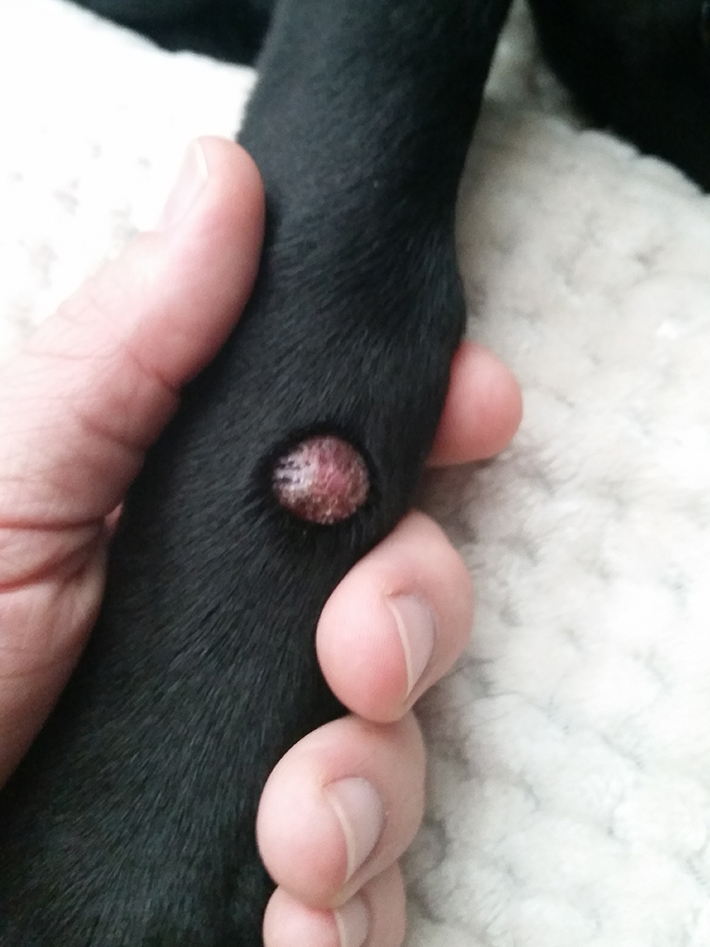
Histiocytomas in House Pets Lazy Paw Vet Library
Updated on 02/13/2023 Overview Severity: i Low - Medium Life stage: Puppy, Adult A histiocytoma is a type of skin tumor that affects young dogs and relatively benign. Any breed or crossbreed can get histiocytomas, but it appears that Boxers and Dachshunds are more prone to getting histiocytomas.

Pin on dog care
Histiocytoma in dogs is a benign skin growth that develops in young dogs, typically less than 2 years of age. These skin masses develop without warning, typically on the front half of the dog's body. Table of Contents What Causes Histiocytoma in Dogs? Symptoms of Histiocytoma in Dogs How is a Histiocytoma Tumor Diagnosed in Dogs?
:strip_icc()/what-is-a-histiocytoma-3384906-eed5eb5ed7b04238840fe59b5ccf39cf.jpg)
Histiocytomas in Dogs
The histiocytoma is an unsightly but benign skin tumor that tends to arise on the skin of young dogs. While young dogs (under three years of age) are more likely to get these (especially on the face and extremities), histiocytoma in dogs can happen at any age in just about any location.

Slicing, Dicing and Biopsying the Benign Histiocytoma PetMD
Symptoms & Signs. Histiocytomas are usually raised, red, hairless growths that occur on the head, neck, trunk, or front legs. Histiocytomas usually occur in dogs under two years of age, but they have been known to occur in older dogs as well. Older dogs may develop histiocytomas anywhere on the body.
:max_bytes(150000):strip_icc()/what-is-a-histiocytoma-3384906_FINAL-5bacfa95c9e77c0025469c05.png)
How to Treat Histiocytomas in Dogs
Signs of histiocytomas are much what you'd expect: a red, raised, rounded growth protruding from the skin. They tend to be hairless or sparsely haired. You may first notice them while petting your dog, when they may be smaller and still hidden in the haircoat. However, histiocytomas can grow to be multiple centimeters in size.
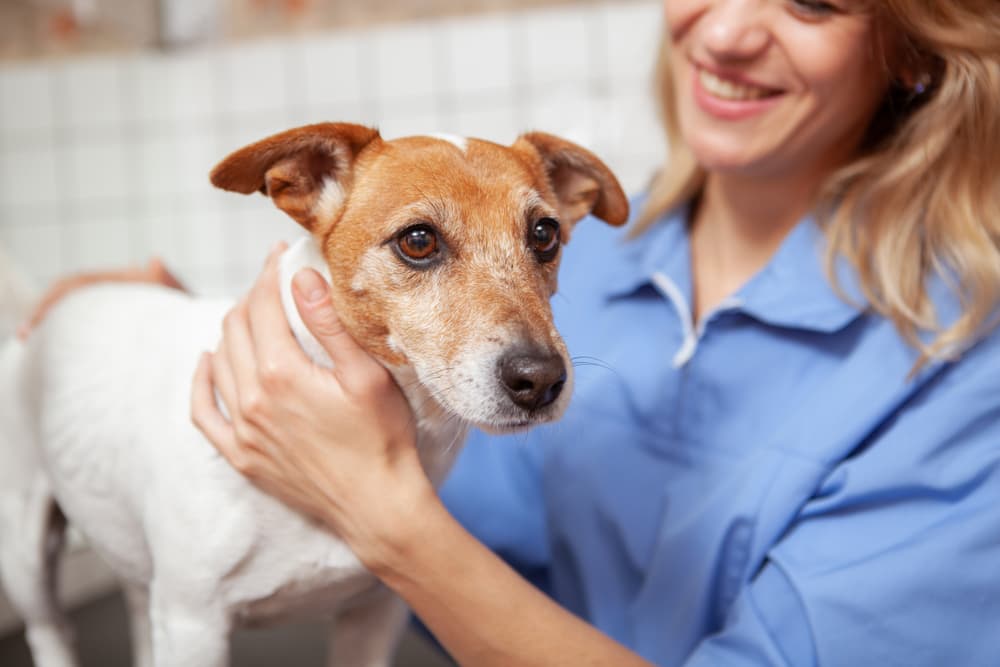
Histiocytoma in Dogs Great Pet Care
A cutaneous histiocytoma (not to be confused with histiocytosis) is a common, harmless (benign) tumor of Langerhans cells. In the tumor's early stages, over the first one to four weeks, the cells grow rapidly. During this rapid growth, they often ulcerate and may become infected. Later, they may regress spontaneously.

Button tumor (histiocytoma on labrador retriever Pets, People and, Life
Causes of Histiocytoma in Dogs. The cause of the condition is due to a dog's immune system. Specifically, the growths are caused by the Langerhans cell. Generally, younger dogs under the age of.

7 Clinical Signs of Histiocytoma in Dogs Dogs, Mast cell tumor dogs
Treatment Prognosis Prevention Histiocytomas look scary but they are not dangerous. Raised, red, and sometimes ulcerated, these benign growths are not usually painful or itchy for dogs. Surgical treatment is only recommended if the bump grows large enough to bother the dog or the owner.

Multiple cutaneous histiocytomas treated with lomustine in a dog
Histiocytosis is a condition with white blood cells that form tumors (histiocytomas) in tissues and organs, like the skin, bones, spleen, liver, lungs, and lymph nodes. There are two types of histiocytomas in dogs, canine cutaneous histiocytoma and malignant histiocytoma. Histiocytes are leukocytes or white blood cells that occur in the tissues.

5 Canine Histiocytoma Home Treatment
How Vets Diagnose Histiocytomas in Dogs. Often, veterinarians make an initial diagnosis of histiocytoma in dogs based on: The appearance of the growth. The location of the growth. The dog's breed and age. A definitive diagnosis requires microscopic testing, typically through a needle biopsy of the growth. Treatment for Histiocytomas in Dogs
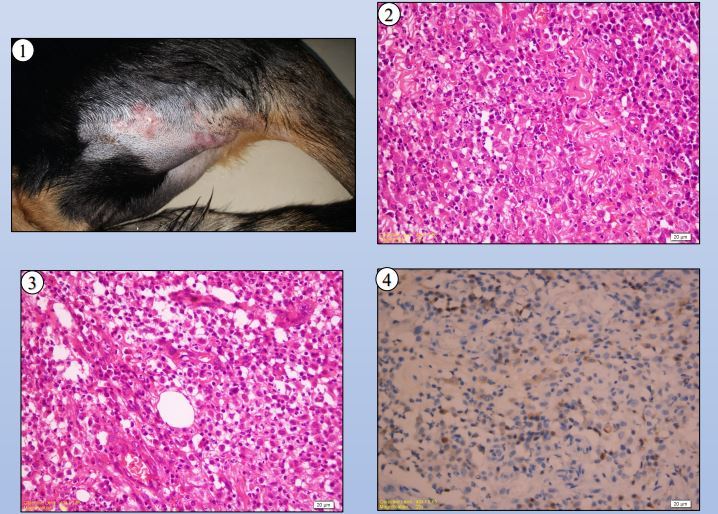
The Use Of Lomustine Treatment In A Dog With Multiple Cutaneous
Histiocytomas are benign skin tumors. They are harmless as-is but if they are damaged, they can become infected and cause a life-threatening infection. Healing histiocytomas is a must in order to eliminate the risk of infection. This guide will help you do exactly that, without expensive and risky surgery.
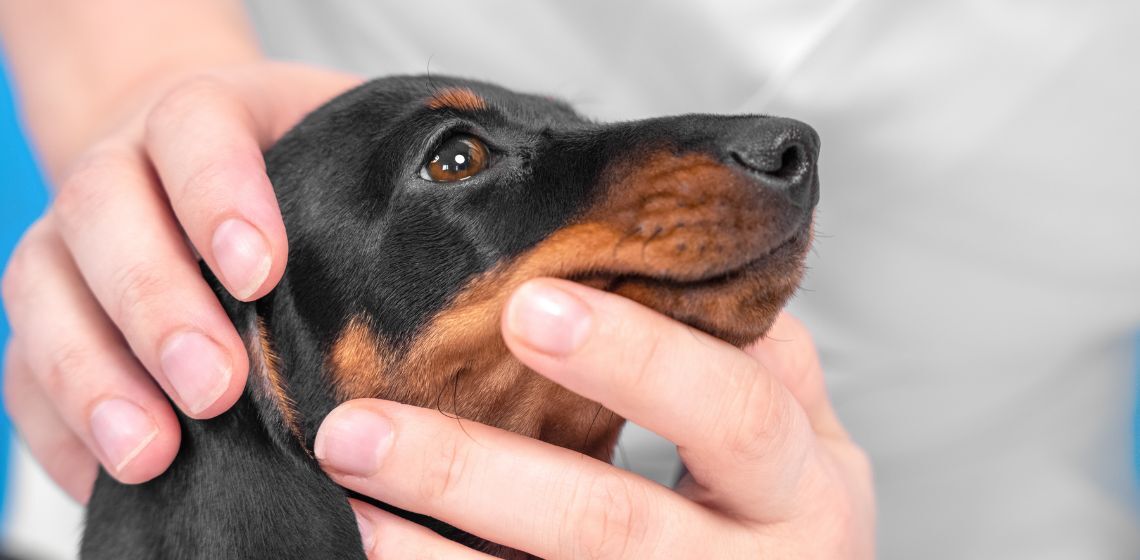
Histiocytoma in Dogs Causes, Symptoms, and Treatment
Key Takeaways You generally do not need to treat histiocytoma in dogs. Most will regress and disappear on their own, usually in two or three months. A histiocytoma that becomes infected or is otherwise irritating may need to be surgically removed rather than waiting for it to disappear.

Histiocytoma (dog) Wikipedia
A Histiocytoma is a growth that develops on the surface of a dog's skin. Histiocytomas are benign, non-cancerous nodules, commonly known as round cell tumors. Histiocytoma can occur in any breed of dog but boxers, bulldogs, and flat-coated retrievers are the more commonly affected breeds. Histiocytomas are not contagious and they tend to be.

Histiocytoma in Dogs Symptoms, Treatment and Prevention Health info
Treatment Costs of Histicytoma In Dogs. The cost of a Histiocytoma removal and biopsy can range from $300 - $1,200 depending on location and provider. This may or may not include the cost for your initial visit and may increase if your pet has other conditions or is geriatric.
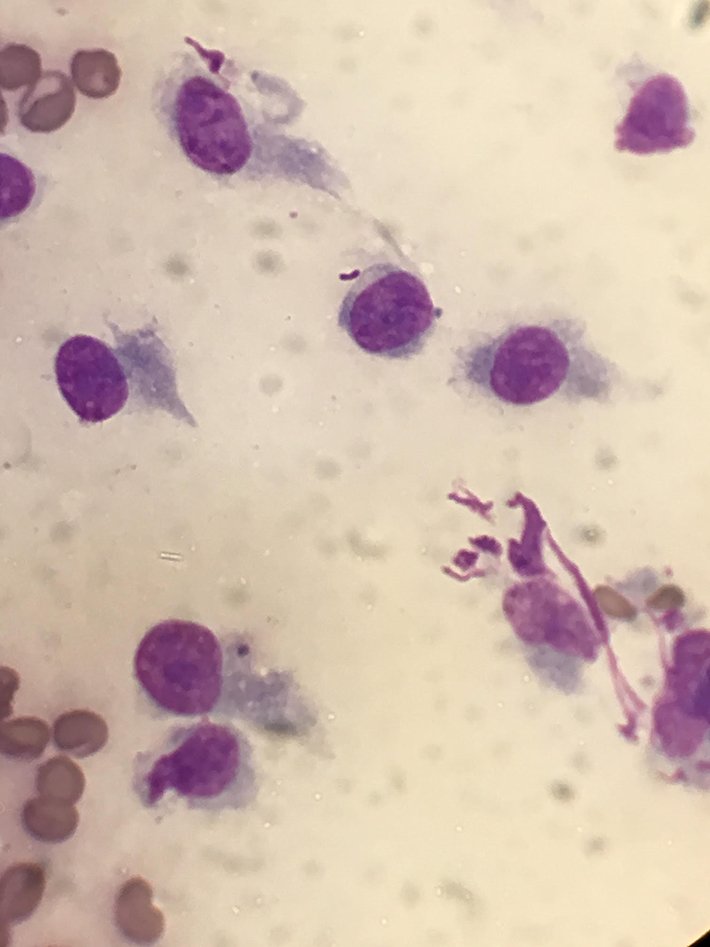
Histiocytomas in House Pets Lazy Paw Vet Library
Canine Histiocytoma is a benign, pedunculated, or nodular neoplasm that arises from monocyte-macrophage cells in the skin. They are usually firm and well-circumscribed but sometimes, on palpation feel soft. The overlying hyperpigmented skin is keratotic or shiny and when the tumor is pinched, there is a depression on the surface.
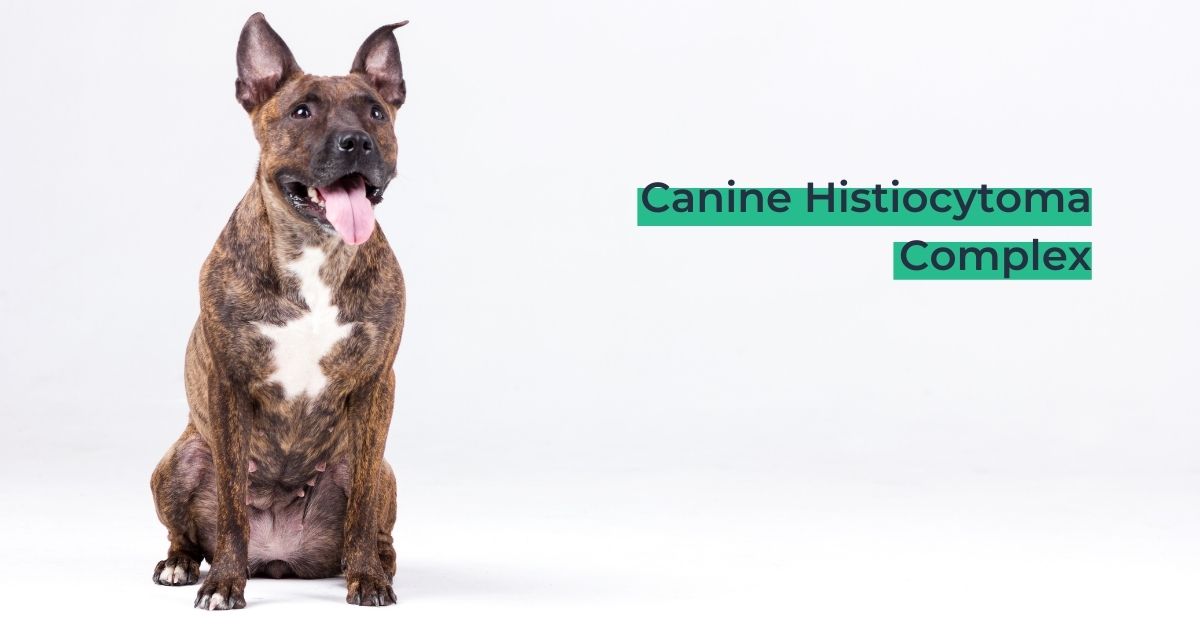
Canine Histiocytoma Complex I Love Veterinary Blog for
Histiocytoma is a tumor that originates from histiocytes, a group of lymphoid cells that are an essential part of the dog's immune system. Cutaneous histiocytoma is a very common benign tumor in dogs. One report from the United Kingdom claims that histiocytoma is the most common single tumor type in dogs [1].